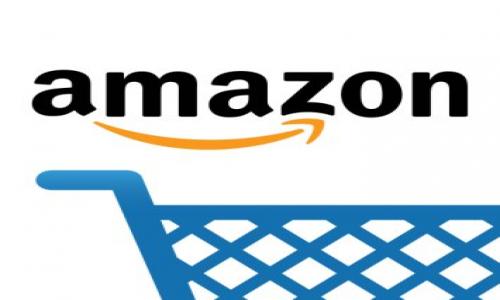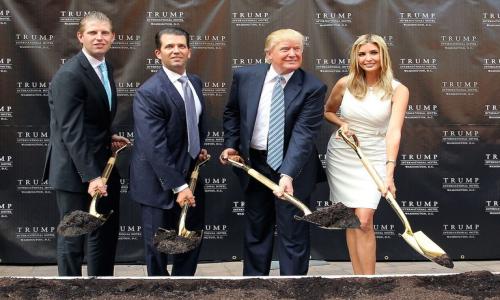The Federal Reserve today released its Federal Open Market Committee statement today and the big takeaway for savers is to expect low rates through 2014. In its statement, the Fed said:
"In particular, the Committee decided today to keep the target range for the federal funds rate at 0 to 1/4 percent and currently anticipates that economic conditions--including low rates of resource utilization and a subdued outlook for inflation over the medium run--are likely to warrant exceptionally low levels for the federal funds rate at least through late 2014."
Previously, the Fed had indicated that it would keep rates low through the middle of 2013.
There are several important take-aways from this statement:
- Even though the economy seems to be mending, with unemployment falling slightly in the past six months, the Fed doesn't believe it is sustainable on its own. A healthy, growing economy does not have low rates of resource utiliztion and a subdued inflation outlook.
- The statement indicates that rates will remain at 0 to 1/4 percent at least through late 2014. That means they could remain low even longer. It's clear that the Fed does not see any significant improvment for the next 2-3 years. That would make 6-7 years of low interest and savings rates, truly a disaster for those living on fixed incomes and relying on their savings to live post-retirement.
A tottering and wounded Europe seems to be the biggest reason for this negative outlook. The Fed is concerned that a Europe destabilized by the Euro fiasco will become a major drag on U.S. growth. By pledging to keep rates low for the next two years, the Fed is hoping to build up enough momentum here to withstand any European shocks.
It would be easy to call this a war on savers but savers are collateral damage in this battle to reignite growth and reinflate the economy. The Fed can't be expected to raise rates in a low to no inflation environment, a stagnant economy, and high unemployment. They are just doing what they can do get the economy moving. Will it help? Probably not. Until consumers work off their debt and repair their personal balance sheets, and until housing begins a more sustained recovery, there is no reason to think the economy will shift into a higher gear. Looming over any recovery is also the prospect of unsustainable federal, state, and local debt as well as whatever tax hikes or cuts are needed to stabilize government finances. Cuts will lead to higher unemployment, less spending, more benefits, etc. while higher taxes will take more money out of consmers' pockets. Ther are still some tough times ahead.
What Can Savers Do?
All of this is continued bad news for savers. According to BestCashCow, the very best 5-year bank CD rate is 2.75% APY, down from over 7% before the financial crisis in 2008. With this announcement bank rates will continue to go lower. What can savers do to make the best of a bad situation?
- Look for the best rates from banks that are hungry for your money. BestCashCow research has shown that by shopping around, savers can find rates that are half a percentage point to a full percentage point better.
- Go for longer term CDs in place of shorter term CDs and savings accounts. Because rates will stay low through most of 2014, it makes sense to deposit money into longer-term CDs. In general, a three year CD yields half a percentage point more than a one year CD. By locking your money into a CD, you also lock in a rate.
- Refinance, if possible. Low savings rates often also mean low mortgage rates. Mortgage rates are close to historic lows. If you have a mortgage or other debt, take advantage of this opportunity to refinance. It's possible you can offset losses in income with savings from reduced interest payments.
Eventually rates will go up. But if you believe in economic cycles, like I do, then it could be another 4-7 years before that happens. Using financial tools and information to earn more from bank accounts, and to spend less on bank finacing (mortgage payments, credit card payments, home equity, etc.) is the best way to deal with the current low rate environment.
BestCashCow recently launched an email service that provides a weekly recap of the best rates for various bank products in your state. This service is free for our readers. Sign up here.
You can also research the best bank rates directly.













Add your Comment
use your Google account
or use your BestCashCow account